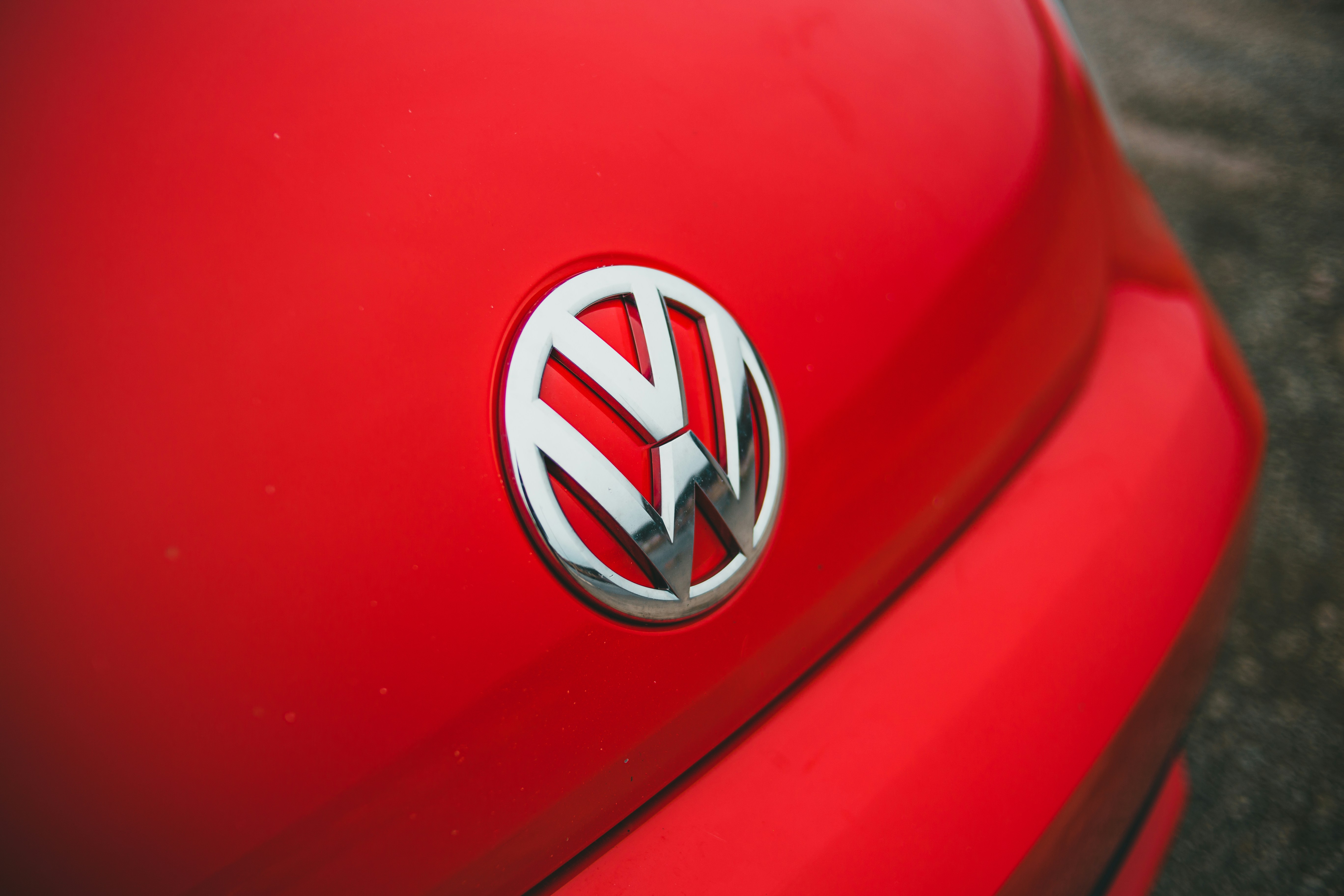The rise of Cara: the anti-AI social media platform for artists
We talk to founder Jingna Zhang about the portfolio and social app that’s dedicated to supporting the art community.
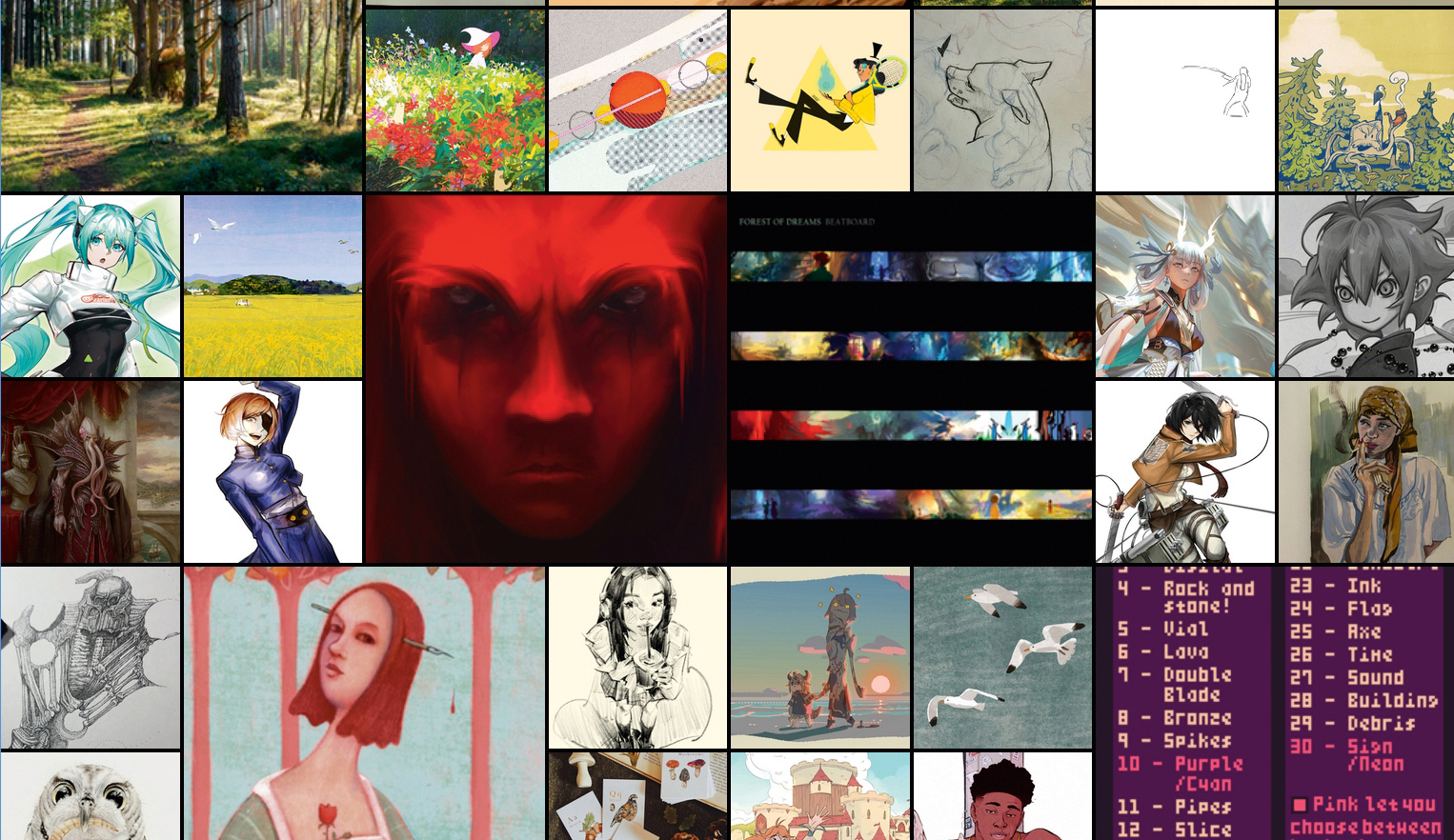
At the end of 2022, the year that generative AI ominously forced itself onto the art scene, photographer and artists’ rights activist Jingna Zhang was feeling frustrated. Like so many, she had been hoping that ArtStation would finally see the light and support the art community by banning the waves of AI-generated images that were flooding the site. Instead it doubled down and issued a statement saying it didn’t want to stifle AI research.
Stunned by this betrayal, Jingna, who is also part of two class-action lawsuits suing AI companies for theft of artists’ work, hatched a plan to build a new platform where artists’ interests come first, making it different to other social media platforms for creatives. Working with a small team of volunteers and self-funding the project, she laid the foundations for Cara, an art portfolio and social app that doesn’t host AI art, and automatically adds NoAI tags to let AI companies know that the owner doesn’t consent to their work being scraped. It’s also integrated with Glaze, a tool for cloaking images so they can’t be used to train AI models. The result is a space where people can find human artists easily, and artists can come together to support each other as they navigate the changes that AI is bringing to their passions and their livelihoods.
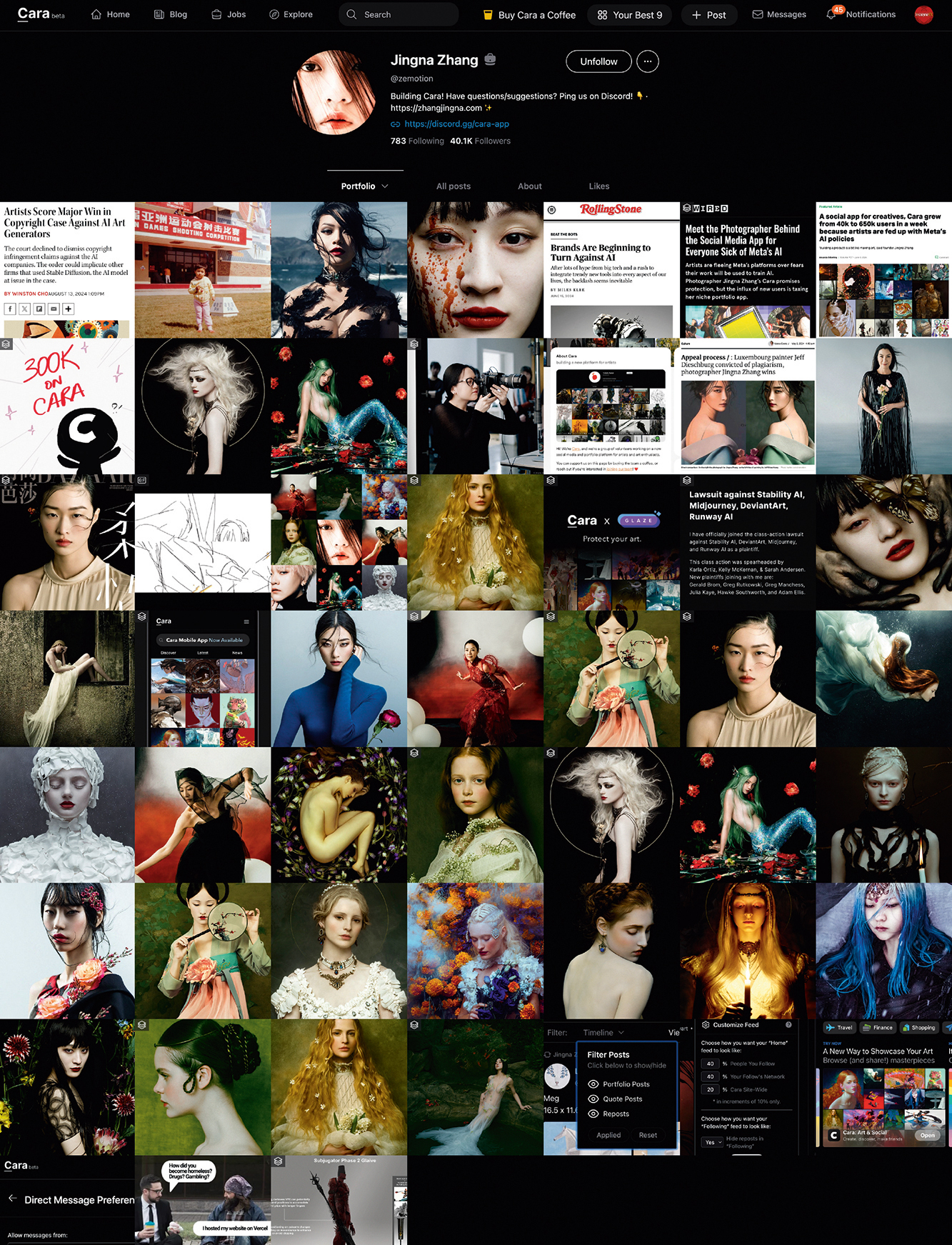
Jingna intended to grow Cara slowly, but that plan was blown out of the water this summer by Meta’s announcement that images on Facebook and Instagram would be used to train its generative AI tool. Artists were outraged and signed up to Cara in droves. The userbase surged from 40,000 to over one million in just a few weeks.
Jingna describes this event as “a validation of the movement” for artists’ rights. She says: “Times have changed since we started all these lawsuits. There was a perception from the public that no one cares and it’s just a few loud activists. But now, here are one million people who care about this. It’s strength in numbers. It validates how people feel.”
Sudden costs
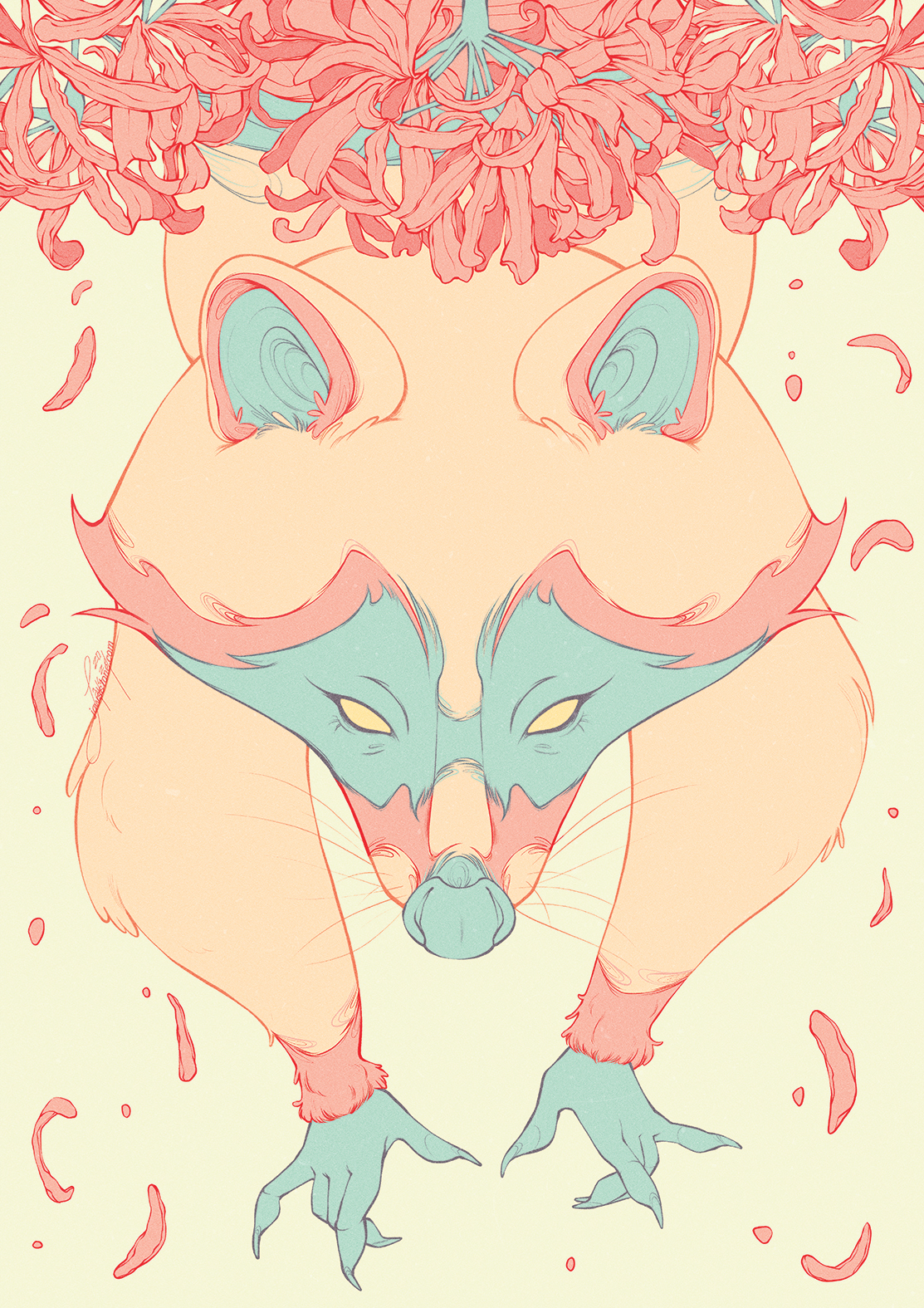
A passionate community is thriving on the app and artists are excited to find an online home that respects them and their work. But the surprise influx has caused countless problems for Jingna and her team, most notably a $96,000 server bill, and left her scrambling to keep Cara operational and find the funding to sustain it. “In the first few weeks I was sleeping once every other day,” she tells us.
Suddenly growing to one million users came with both expected and unexpected costs. “You might think that the image hosting would be the most expensive thing, but it’s actually only about 15 per cent of our total expenses,” Jingna explains. “The most expensive things are database related; activities such as comments, likes and notifications. These are the things that are constantly making calls back and forth to the server.”
If a post has 20,000 likes and lots of comments, that costs money. And the effect of this is exacerbated by the fact that Cara wasn’t built for scale, so the code isn’t as efficient as it could be. It will take time to optimise it. But if you’re thinking of holding back on the likes, Jingna says: “Don’t stop using Cara because you think it will help with the bills! We’re handling it.”
Get the Creative Bloq Newsletter
Daily design news, reviews, how-tos and more, as picked by the editors.
Finding income streams to keep Cara going is a top priority. One option is subscriptions, and the team is working on a proper way for people to subscribe within the app. When this feature is set up, they’ll have a better idea of the extent to which Cara can be sustained by subscriptions.
The other main option is to take money from investors such as venture capital firms, other companies, or individuals such as family and friends. But of course, Jingna won’t allow the mission and values of the project to be compromised, as that would defeat the purpose of setting it up in the first place. “Whether we have investment or not, I will want us to stay in control, but that makes it a lot harder to fundraise,” she says.
Intense scrutiny
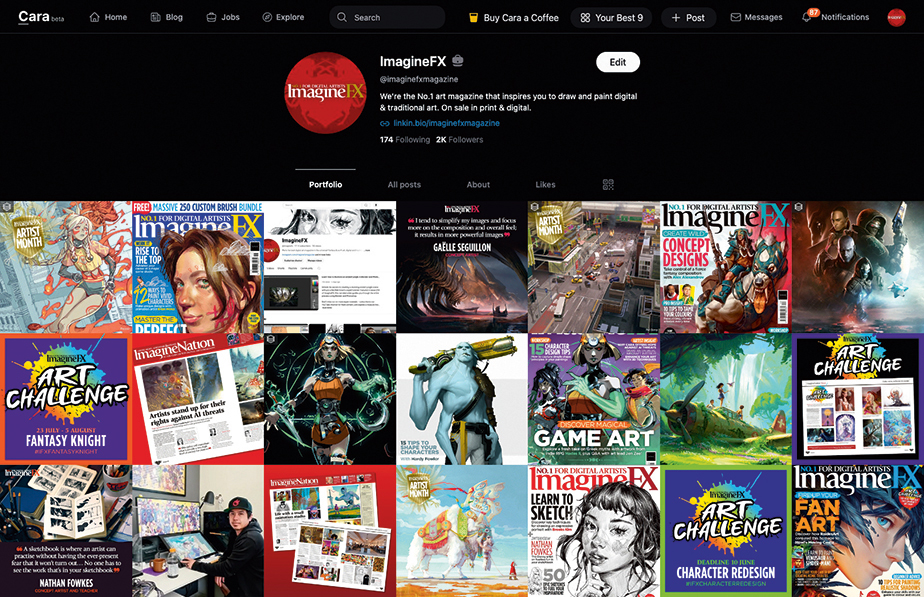
The question of investment and the sustainability of Cara brings us to the most difficult aspect that Jingna has had to face in this venture. As is often the case with a highly invested online community, a minority of people feel entitled to dictate how the site ought to be run and resort to directing hate and harassment at the founders if their suggestions aren’t followed.
Jingna recalls: “When I first talked of potentially needing to fundraise, people’s knee-jerk reaction when they hear the word ‘investor’ is, ‘Oh, if you take VC [venture capital] money, you’re evil and you’re going to sell out. You should just shut down.’ But they don’t know what’s really happening behind the scenes. They don’t know about the conversations I’m having.”
One way of protecting Cara’s interests is to register it as a public benefit corporation, which means that the mission and vision would come first and if it did take venture capital money, that investors couldn’t force the company to prioritise profit. Jingna is also exploring options with trusted individuals who would be prepared to give her funds while allowing her to retain full control.
Despite this, and despite her track record as an advocate for the art community, the scrutiny, criticism and harassment she has faced has been intense. It has even curtailed funding options for Cara, because if Jingna were to take community funding, it would make people feel even more entitled to attack her.
While Jingna’s immediate focus is on keeping the site afloat, she also thinks a lot about how she can build powerful social media features for her users, and how Cara might avoid some of the issues that are causing artists to be disillusioned with the mainstream social media sites, such as bad algorithms not showing them what they want to see, not having enough control over their feed, and their posts not reaching many of their followers. Cara users are currently delighted with how the platform offers a refreshing escape from these.
Challenges of scale
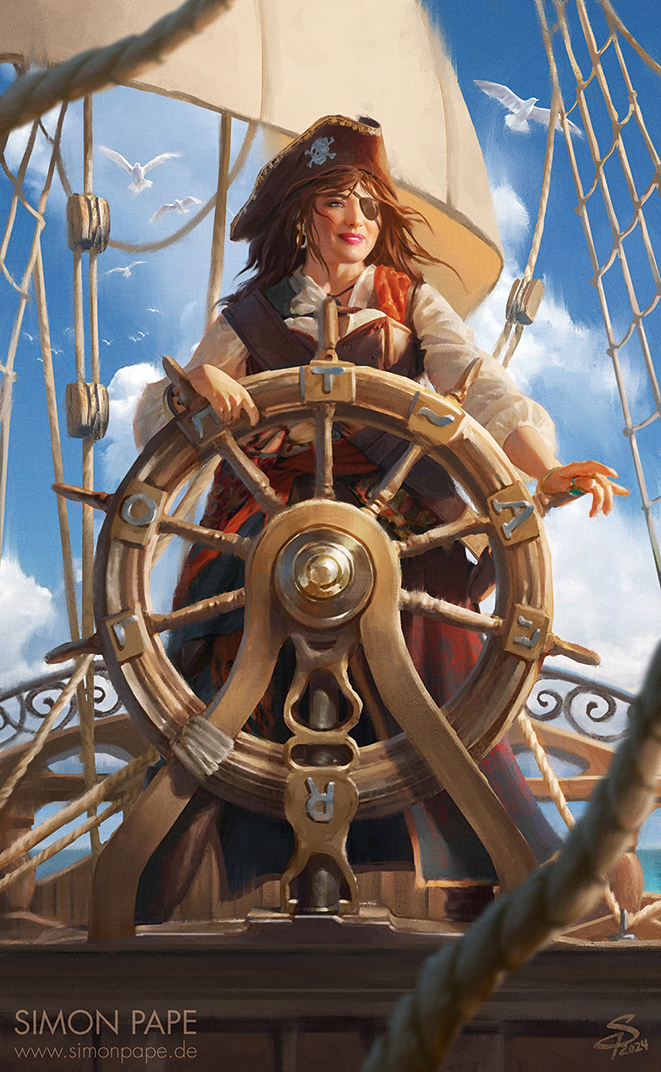
“It’s always easier in the beginning when it’s a smaller platform,” says Jingna. She points out that, to a great extent, problems with visibility and unfavourable algorithms are a result of mainstream sites having billions of users posting on all different topics. Even with one million users, Cara is tiny by comparison, so at the moment the site avoids the issues naturally by being small, and by being dedicated to one topic. But as it grows, it will have to face some of the challenges that come with scale.
For example, Cara doesn’t have an algorithm yet. As a broader range of artists starts to join, there will be many who would prefer to see something other than the dominant art style, so it will be necessary to make a way for Cara to show people the kind of art that they’re interested in.
“Recommendation is something we want to build, but we want to build it thoughtfully and carefully,” Jingna says. Her aim is to find a way to do it that allows users to both discover new content and curate their timeline by following their chosen artists.
One feature that allows people to get a fine degree of control over their feed is the capability to subscribe to someone’s updates and filter out their reposts, almost like a customisable RSS feed. These are the kinds of powerful, user-centric features that people miss from the old internet. “I think something like this can be very valuable to people, and it’s not easy to find platforms that let you do things like this these days,” says Jingna.
Another example of how Cara puts its users in control is the recently introduced portfolio albums feature, which allows artists to arrange their work into categories. It’s hoped that one day it will be possible for artists to offer separate links so that people can follow their social feed, profile timeline or portfolio.
Just the beginning
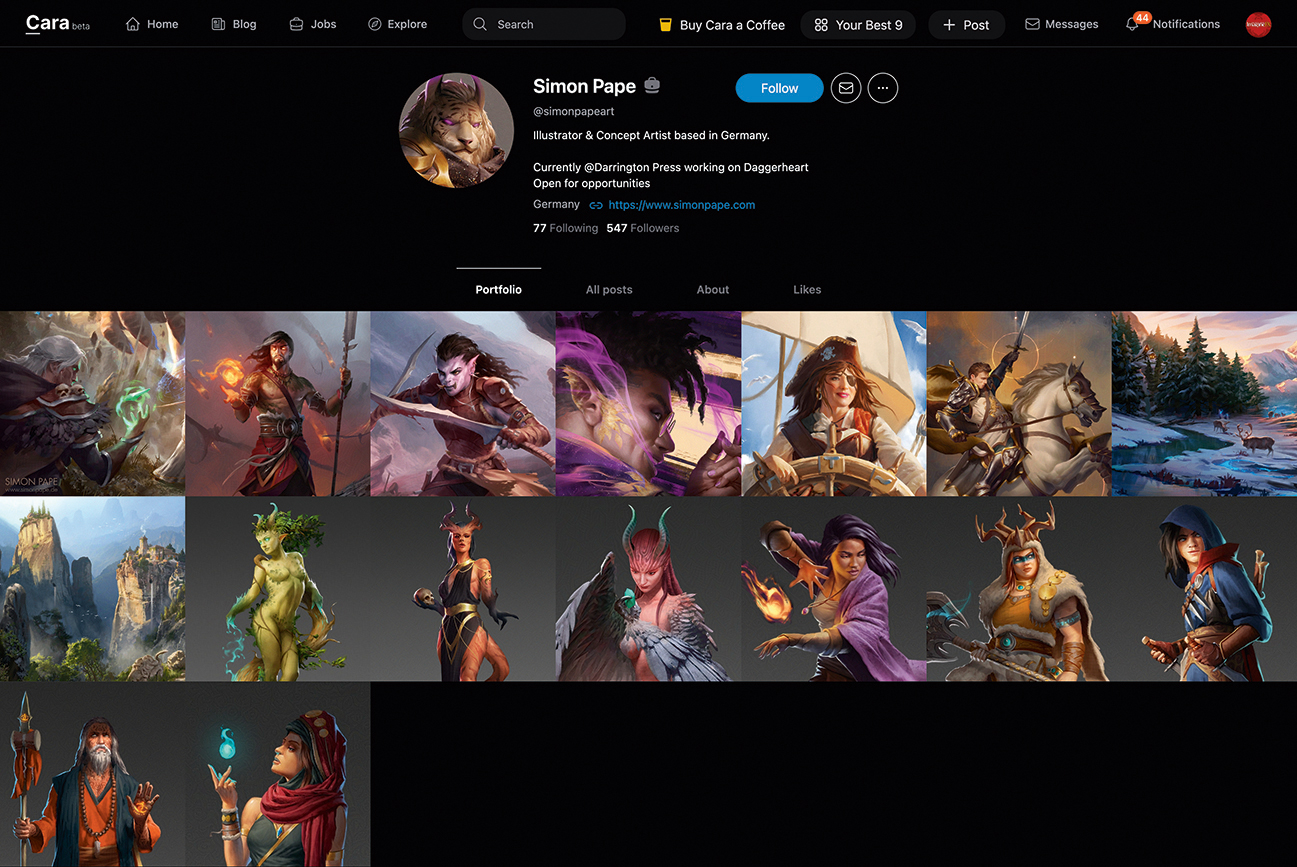
It’s important to remember that despite the existence of these great features and a strong overall user experience, it’s still early days for Cara and there are bugs. “We’re still very much an app that’s in beta. Going viral didn’t change that,” says Jingna. “We’ve only been around for a year and we’re built by volunteers and my bank account, so I really appreciate that despite these challenges, people are still coming back and regularly using Cara.”
The app is giving artists a space to form a community and stand together against AI companies’ misuse of their work. And it’s not the only win for artists’ rights that has been achieved this summer: one of the class-action lawsuits that Jingna is part of has recently progressed to an important next stage. That means there’s hope that eventually AI companies will have to respect artists’ copyright. It’s a hard fight, but Jingna and other activists are doing all they can. “I hope these conversations can continue and platforms like Cara can continue to validate how important this is to people,” she says.
This content originally appeared in ImagineFX magazine. Subscribe to ImagineFX to never miss an issue.

Thank you for reading 5 articles this month* Join now for unlimited access
Enjoy your first month for just £1 / $1 / €1
*Read 5 free articles per month without a subscription

Join now for unlimited access
Try first month for just £1 / $1 / €1
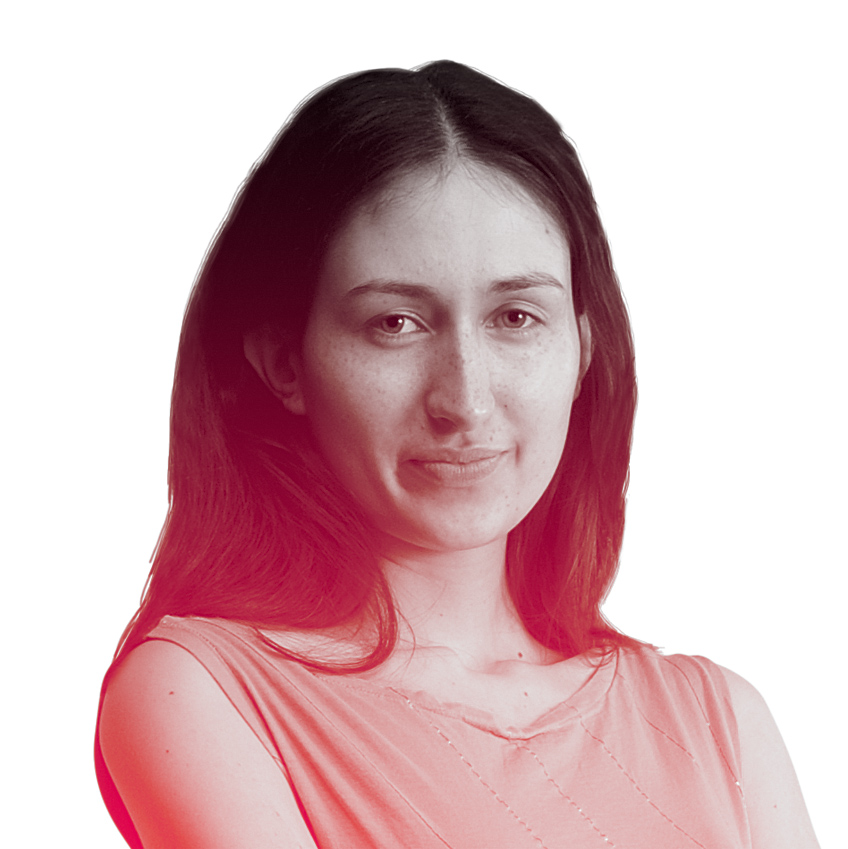
Tanya is a writer covering art, design, and visual effects. She has 16 years of experience as a magazine journalist and has written for numerous publications including ImagineFX, 3D World, 3D Artist, Computer Arts, net magazine, and Creative Bloq. For Creative Bloq, she mostly writes about digital art and VFX.
